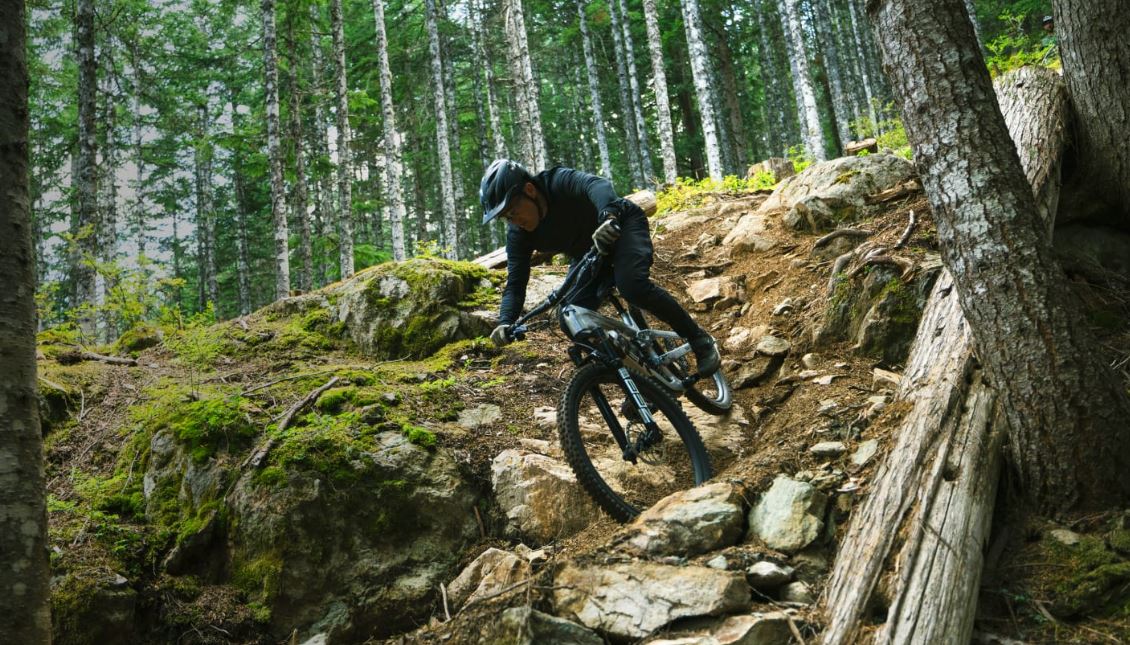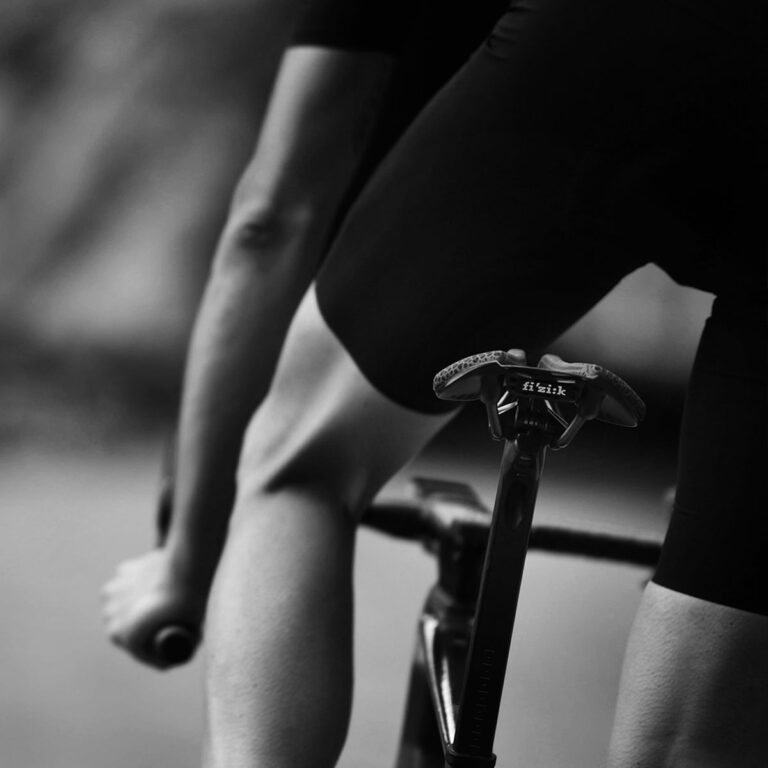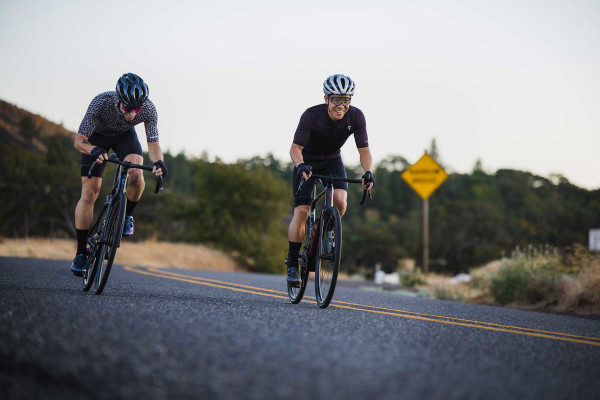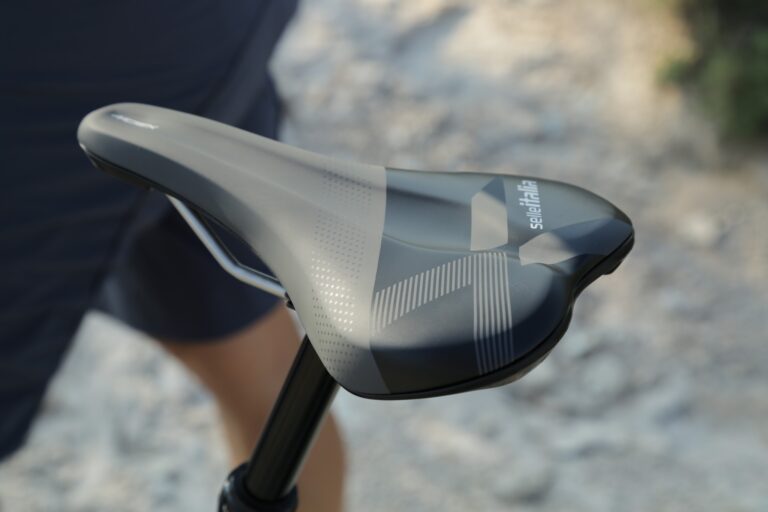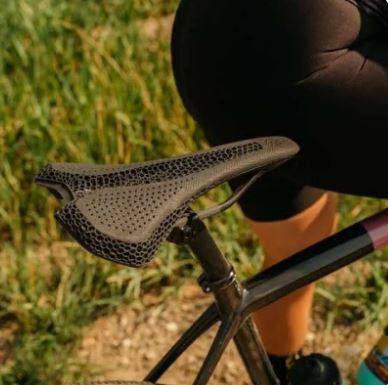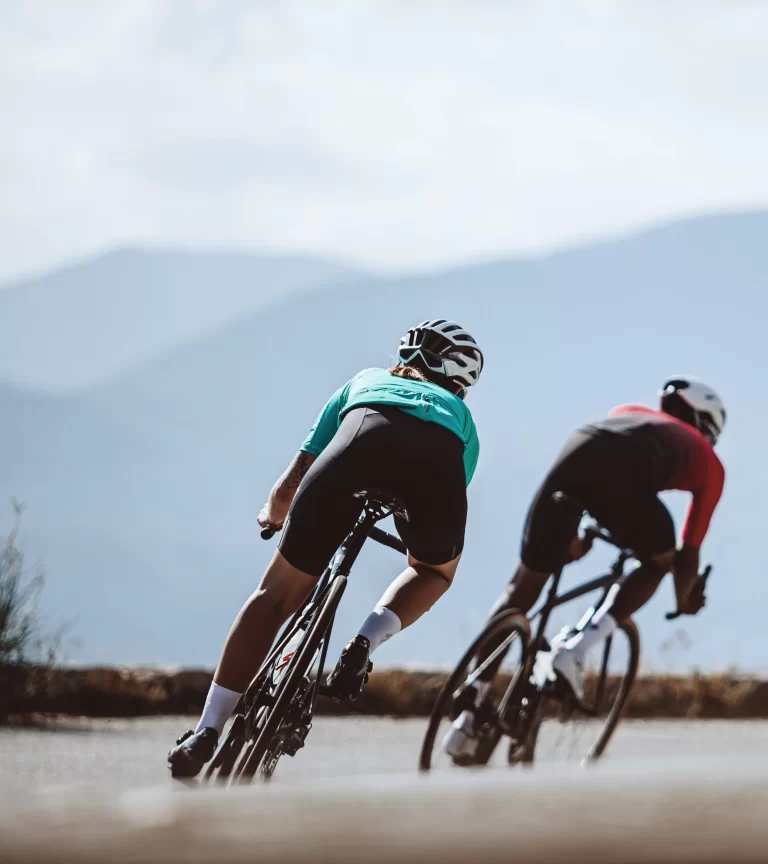Ventilation and Breathability in Mountain Bike Saddles: A Cyclist’s Perspective
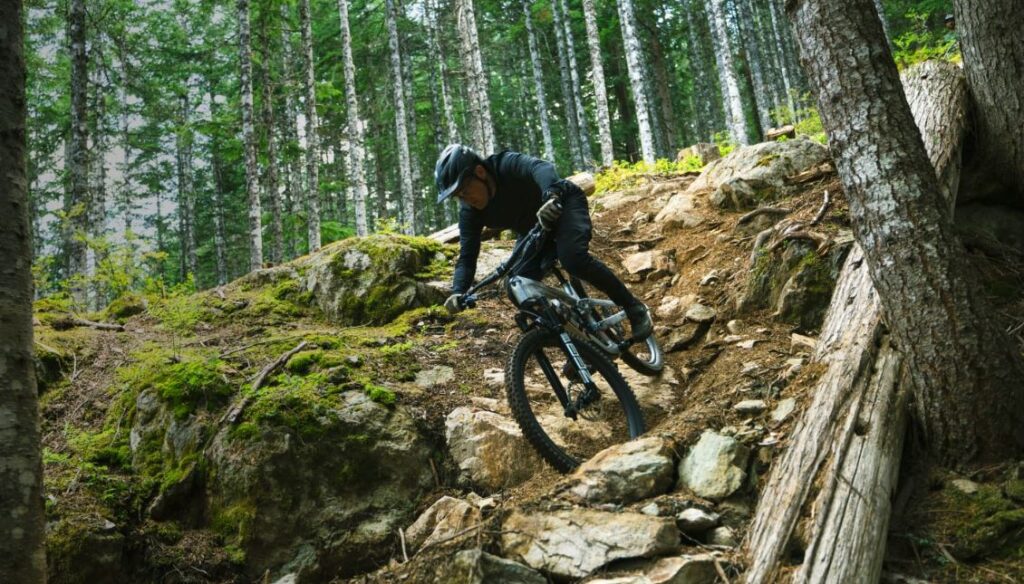
Key Point Summary of Ventilation and Breathability in Mountain Bike Saddles:
- Essential for Comfort: Proper ventilation and breathability help reduce sweat buildup and heat, enhancing comfort during rides.
- Improves Performance: A well-ventilated saddle can prevent chafing and discomfort, allowing for better focus and longer endurance.
- Design Considerations: Features like cut-outs, perforated covers, and materials impact a saddle’s airflow.
- Material Matters: The choice of saddle materials can significantly affect breathability and moisture management.
Navigating the rugged trails and enduring the demanding conditions of mountain biking, gravel grinding, and cyclocross racing has taught me the importance of every gear component’s role in a cyclist’s comfort and performance. Among these, the mountain bike saddle stands out as a critical element, especially when considering ventilation and breathability.
For cyclists at the beginner to mid-level experience, understanding how these factors contribute to your overall riding experience can enhance comfort and endurance on long rides. Here, I delve into the significance of ventilation and breathability in mountain bike saddles, offering insights gained from years on the trail.
Understanding Ventilation and Breathability
On the trails, where effort and environmental factors combine to elevate body temperature, a saddle that facilitates airflow and manages moisture can be the difference between a comfortable ride and an uncomfortable experience. Ventilation in saddles is designed to reduce heat buildup, while breathability pertains to the saddle’s ability to allow moisture from sweat to escape, keeping the rider dry and comfortable.
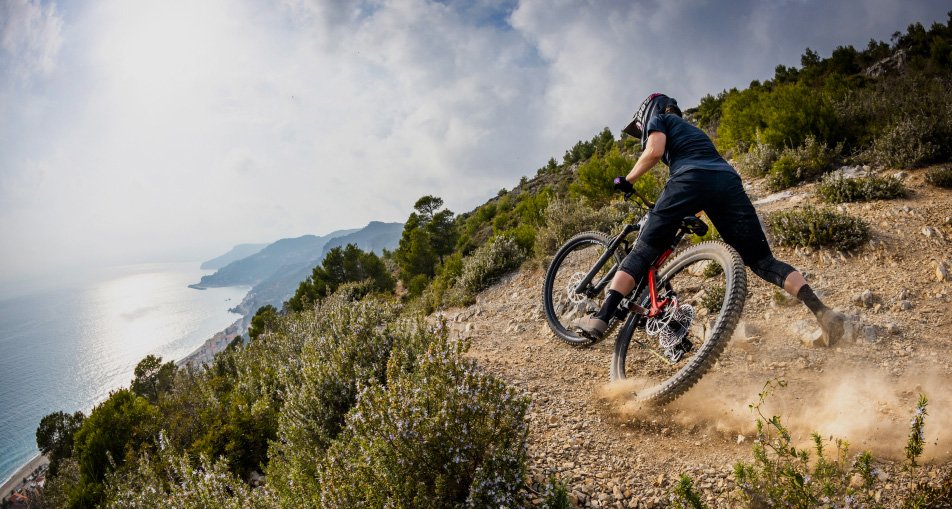
The Role of Design in Airflow
Modern mountain bike saddles incorporate various design elements to enhance ventilation and breathability. Cut-outs or channels in the middle of the saddle are not just for relieving pressure on sensitive areas; they also increase airflow, reducing heat and sweat in critical zones. Additionally, the use of perforated cover materials can further facilitate breathability, allowing air to circulate more freely.
Material Considerations
The materials used in a saddle’s construction play a pivotal role in its breathability and overall comfort. Synthetic covers with microfiber or perforated designs tend to offer superior airflow compared to traditional leather, which, while durable and comfortable, may not provide the same level of moisture management. Similarly, the padding material can influence moisture wicking, with foam densities and types designed to offer support while allowing for air movement.
Choosing the Right Ventilated Saddle
When selecting a mountain bike saddle with optimal ventilation and breathability, consider your typical riding conditions, including climate and ride duration. Saddles designed with significant airflow features may offer an advantage in warmer climates or during endurance rides. However, the choice of the saddle should also take into account fit and support, ensuring that ventilation does not compromise the saddle’s primary function of providing a comfortable base for pedaling.

Wrapping Up
Ventilation and breathability are crucial factors in the design and selection of a mountain bike saddle, contributing significantly to a rider’s comfort and performance. By choosing a saddle that combines effective airflow design with breathable materials, cyclists can enhance their riding experience, maintaining comfort and focus even under challenging conditions.
As with all cycling gear, personal preference and riding style should guide your selection, ensuring that the saddle supports not just your physical comfort but also your riding ambitions. The right ventilated saddle can make every journey more enjoyable.
To encapsulate the discussion on the importance of ventilation, breathability, and overall comfort in mountain bike saddles, one standout model that harmoniously blends these features is the Ergon SMC4 Comp Gel saddle. This saddle is designed with an emphasis on reducing pressure on sensitive areas while enhancing airflow and moisture management, crucial for long rides and challenging terrains.
The Ergon SMC4 Comp Gel features a generous cut-out and a microfiber cover that promotes breathability, alongside gel padding that offers both comfort and support without compromising on airflow. Its ergonomic design and innovative use of materials cater to the needs of mountain bikers seeking a blend of performance and comfort. This saddle is a prime example of how advanced design can meet the ventilation and breathability needs of riders, making it an excellent choice for those looking to upgrade their mountain bike setup for enhanced riding comfort.
John
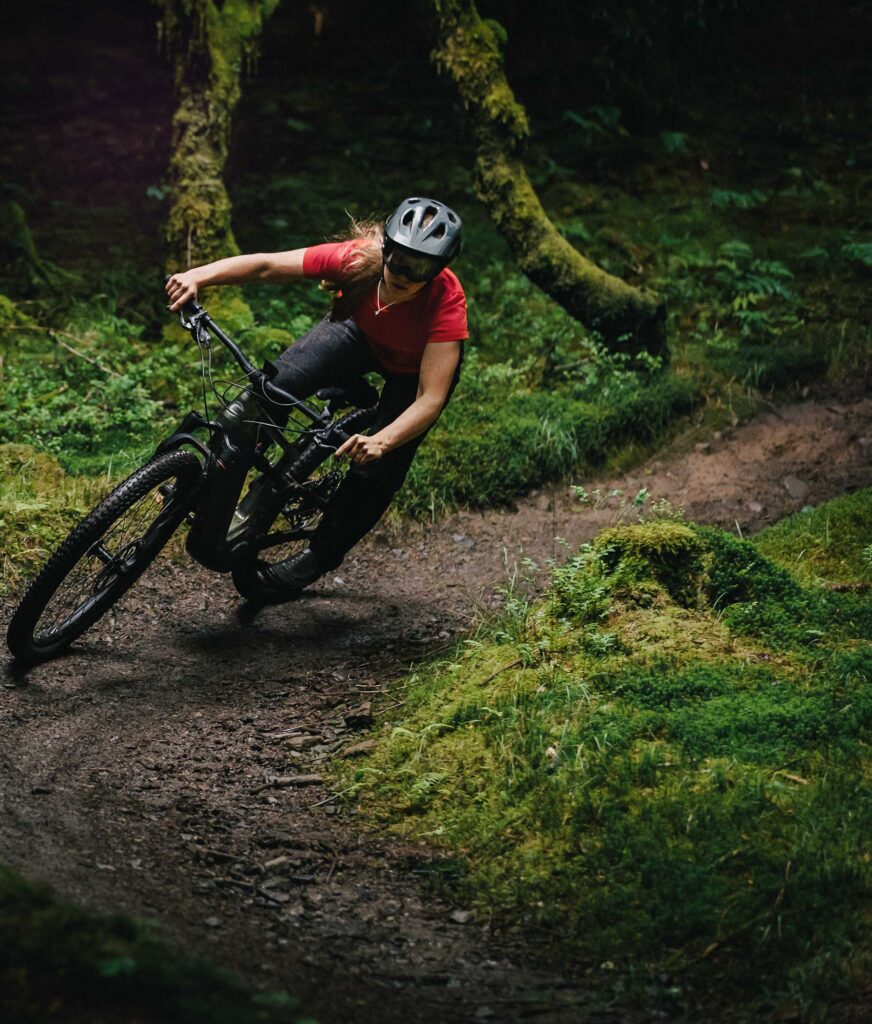
FAQ
How do I choose a mountain bike saddle?
Consider your riding style, the typical duration of your rides, and your body geometry. Look for a saddle that matches your sit bone width, has the right padding and shape for your riding position, and features materials and design elements (such as cut-outs or channels) that enhance comfort and ventilation.
Why does my bike seat hurt my bum?
Discomfort from a bike seat can stem from several factors, including a saddle that’s too hard or too soft, improper saddle positioning, inadequate padding, or a lack of proper cycling shorts with padding. It could also be due to a lack of acclimatization to riding.
Why does my bike saddle hurt my sit bones?
If your bike saddle is hurting your sit bones, it could be due to a saddle that is too narrow, not properly aligned with your sit bone width, or lacks adequate padding. It may also indicate the need for a break-in period for new saddles or adjustment to the saddle’s position.
Should I use a noseless bike seat?
A noseless bike seat can reduce pressure on soft tissue areas and may improve comfort for some riders, especially those who experience numbness or pain in the groin area with traditional saddles. However, they might offer less control over the bike. It’s essential to consider your specific comfort needs and riding style before switching to a noseless design.
